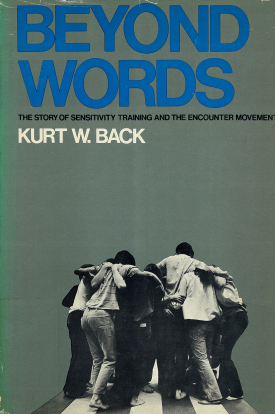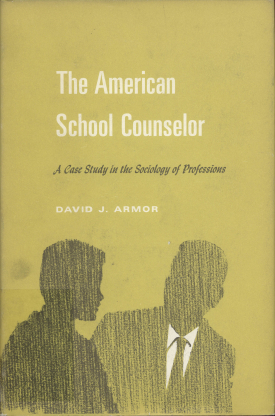
Beyond Words
About This Book
Sensitivity training, T-Groups, and encounter groups have become a way of life. Beyond Words traces the history of this movement, the background of its successes, its varieties, and its failures. Dr. Back's approach is neither one of wide-eyed admiration nor hostility. Instead, he has written a book that provides the first long, hard look at sensitivity training as a social phenomenon.
From its fortuitous beginnings the movement is followed through its developments at Bethel, its growth across the country, its new centers in California, its spread to Europe. The novelty of this movement, an almost religious exercise based on the scientific ethos, is related to the peculiar conditions of the last quarter century. The movement has acquired its own mythos. Dr. Back examines the interplay of the conflicting aims of self-expression and change, and shows how these contradictory aims have affected the ramifications of the movement in theory, in management, in recreation, and in education. Results emerging from studies on effects of sensitivity training indicate a recurrent pattern of great immediate emphasis followed by little permanent beneficial effect.
Finally, Beyond Words assesses the overall impact of the movement, its relation to science, its possible changes, and its portent as a symptom of the state of society.
Dr. Back examines the interplay of the conflicting aims of self-expression and change, and shows how these contradictory aims have affected the ramifications of the movement in theory, in management, in recreation, and in education.
KURT W. BACK is professor of sociology and psychiatry at Duke University.

